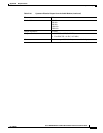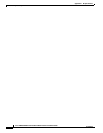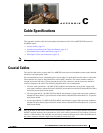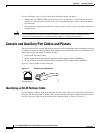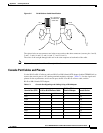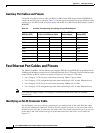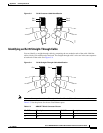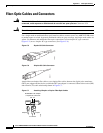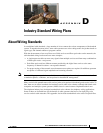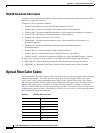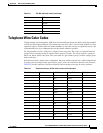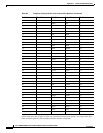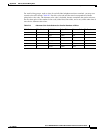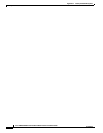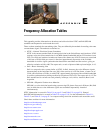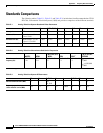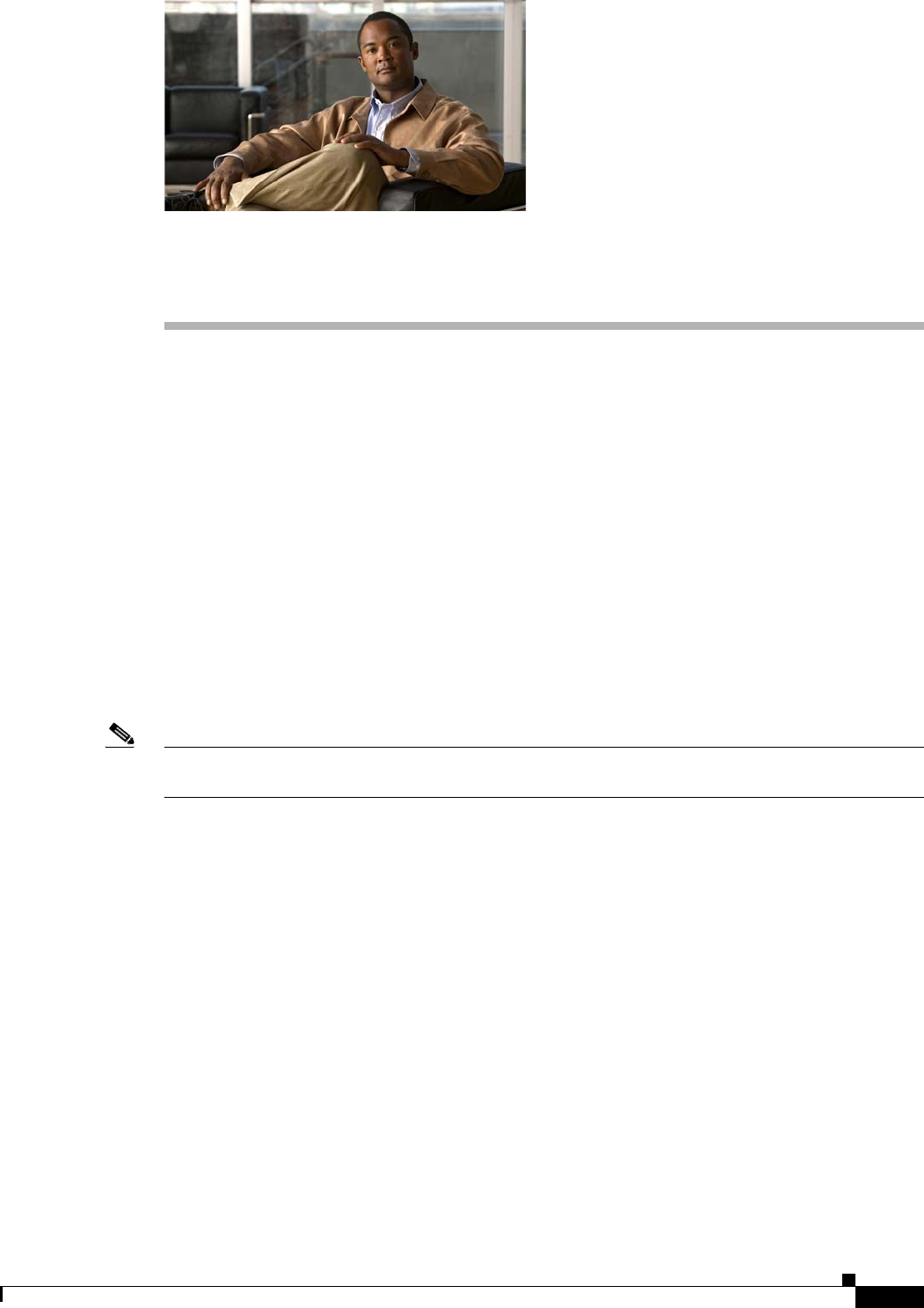
D-1
Cisco uBR7225VXR Universal Broadband Router Hardware Installation Guide
OL-17309-02
APPENDIX
D
Industry-Standard Wiring Plans
About Wiring Standards
In a traditional cable headend, a large number of wires connect the various components of the headend
system. To organize the many wires, some cable operators use color-coding on the wire jackets based on
signal type, and channel number or program content.
With the advancement of two-way Data-over-Cable services and fiber-optic nodes on the network, the
cable headend wiring has become even more complex:
• A single upstream cable can now carry signals from multiple services and from many combinations
of fiber-optic nodes—not just one.
• Each fiber-optic node has different content provided by the digital data services at the same
frequency or channel locations—not separate channels.
• For proper testing of the network, more downstream test points are required. In addition, upstream
test points of calibrated signal amplitude are becoming essential.
Note Several third-party companies have available commercially-manufactured equipment that includes fixed
or modular splitters, combiners, and test points for headend RF management.
Many coaxial cable manufacturers offer various jacket color options for headend-grade coaxial cable. To
date, there are no official standards for headend coaxial cable color schemes, although individual cable
companies and multiple system operators (MSOs) have in some instances implemented their own.
The telephone industry has developed standardized color schemes for telephony wiring applications.
Some of these are included here for the benefit of cable operators that have or are deploying voice
services on their cable networks. This appendix also includes standardized color codes for optical fiber.



